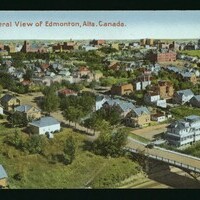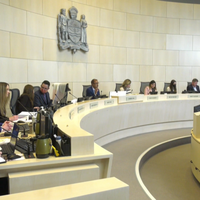Zoning for the future: Edmonton’s innovative approach for a growing city
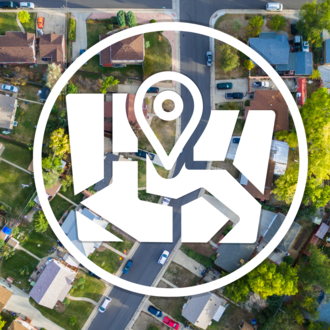
Zoning gets a bad rap, and understandably so. Zoning has historically contributed to social and economic issues within cities by increasing housing prices, supporting racial and class segregation and decreasing quality of life for residents.
Despite its reputation, zoning isn't evil at its core. Zoning is a system of organizing how we use land and what kind of development can occur on a plot of land. Zoning was created with a focus on protecting the health, safety and welfare of the public. It originated in the 1900’s to alleviate the public health crisis in North American cities. In fact, zoning is a great example of how land use can help or hinder the ability of communities to grow and thrive.
The problem with modern zoning is zoning regulations are often outdated and fail to meet the needs of our modern communities.
For example, in Chicago, the convenience of living near transit has driven up the prices of properties in those areas; meaning only those that can afford to, can live near transit.
Lack of access to transit disproportionately impacts low income residents’ access to jobs and services, which ultimately hinders economic growth. Additionally, zoning that favours single-detached houses impedes the development of the high-density housing necessary to address population growth. The same single-detached house zones also prevent much needed community services from moving into those areas.
So how do we update zoning to address these issues? While some call for the “cancellation” of zoning altogether, the City of Edmonton’s latest zoning bylaw renewal demonstrates a new approach to zoning that places equity and growth at the forefront.
The history of Edmonton zoning
The City of Edmonton has provided a history of zoning regulations in Edmonton, a four page report that describes the creation of the first zoning bylaw in 1933; the subsequent bylaws in 1950, 1961, 1980 and 2001; and the impetus for the creation of each bylaw. Below is a very brief overview of the bylaws. For a more in depth history, check out the City of Edmonton's report.
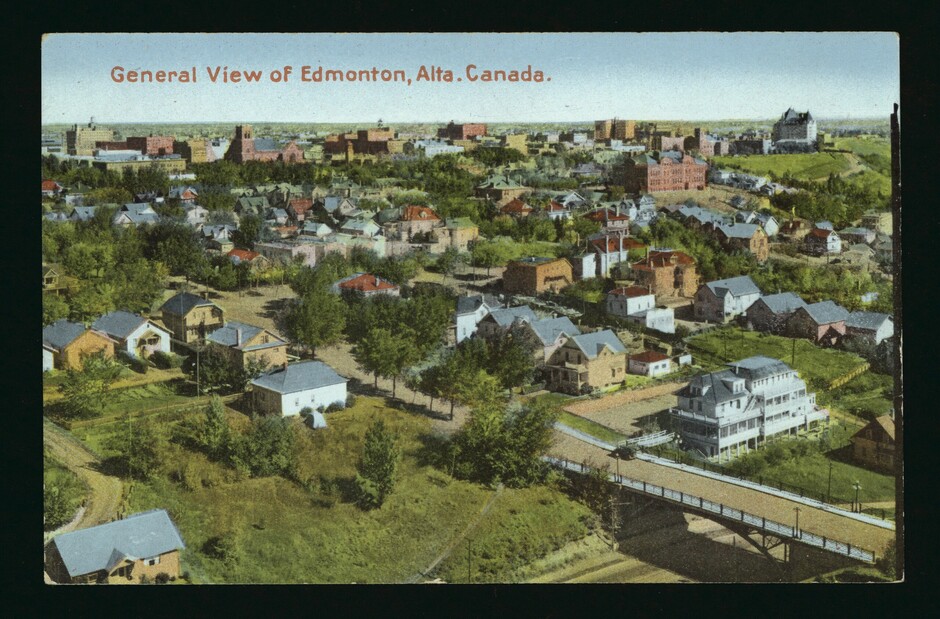
The original 1933 bylaw divided Edmonton into 11 zones that supported primarily low density development and one-family units. Of the original 11, only one zone remains today: the public park zone. The development of a new bylaw was discussed in 1949 but pushed back by the war.
In 1950 an interim development order was created, mostly to regulate the influx of cheap development that was happening around the city. However, due to the first development order being inconsistent with the provisions contained in the provincial Town and Rural Planning Act, a new interim development order replaced the first only nine years later. This second interim development bylaw was also the mechanism that allowed the city to adopt the 1961 zoning bylaw.
The 1961 bylaw was a comprehensive review of Edmonton’s zoning bylaw. This time, Edmonton was divided into 17 zones. More were eventually added for a total of 39, but some areas that were left unzoned remained under the Development Control Bylaw. Some other regulatory changes included regulations for parking, landscaping and lot sizes as well as revised heights and setbacks.
In 1980, a new bylaw was adopted to reduce issues caused by the use of two un-unified frameworks (the 1961 bylaw and the Development Control bylaw). In addition to consolidating the two frameworks, the 1980 bylaw added direct control districts and overlays, changed heights and yard regulations, and clarified definitions and standards.
The 2001 bylaw is the current bylaw that will remain in effect until Jan. 1, 2024. This review combined the old City of Edmonton bylaw, the Sturgeon County bylaw, Parkland County bylaw, Leduc County bylaw and Strathcona County bylaw into one bylaw. This bylaw also introduced the Mature Neighborhood overlay to protect the character and low density of mature areas of the city.
Why a new bylaw?
Several factors prompted the development of the new bylaw. The bylaw had not been comprehensively reviewed since 1961. Senior city planner Trevor Illingworth with the Zoning Bylaw Renewal Initiative, says that the current bylaw has become hard to work with, requiring constant amendments.
“Basically, the structure of it has become very challenging to navigate because it’s sort of been pieced together,” says Illingworth. “The bylaw was proving to be a bit unwieldy and not very resilient to even the smallest changes in, say, housing trends or changing business models.”
Additionally, the original 1933 low density, single-detached house form has persisted, and is ill-equipped to meet the needs of a rapidly growing Edmonton population. The city’s population has increased by 10.7% in the last five years. In order to maintain low density, Edmonton has been expanding outwards– this is often referred to as urban sprawl and has been contributing to the fragmentation and conversion of Alberta’s valuable agricultural land.
The population increase coupled with the housing crisis means Edmonton needs more housing.
The new bylaw also took a novel equitable approach – potentially the first zoning bylaw in North America to do so.
An equitable approach means recognizing that individuals require different resources to reach equality due to a number of factors including race, socio-economic status, gender, religion, and ability. Equity in governance requires a human rights perspective to remove inequitable barriers and provide for individuals according to their unique needs.
Like many other cities, Edmonton’s current zoning bylaw supports inequity. Not only does the city have a responsibility to act in the best interest of the public, but human rights are protected by the Charter of Rights and Freedoms in Canada.
The city commissioned “Edmonton’s zoning bylaw under the lens of equity,” an assessment of inequity in the existing bylaw. The study was conducted by ALI director, professor and associate dean at the University of Alberta, Sandeep Agrawal and team. The findings from the study include that the current bylaw supports discrimination and segregation through the prioritization of the wealthy and the enabling of bias through clauses such as discretionary use.
Additionally, low density zones create accessibility and affordability issues and limited commercial use prevents residents from accessing necessary goods and services.
For more information you can read the report on the City of Edmonton’s website or read the full study: Assessing inequity in zoning bylaw: a case of Edmonton, Canada. You can also read the City of Edmonton's Philosophy of the New Zoning Bylaw.
Charter Bylaw 20001 overview
Development of the new bylaw began in 2018. It was approved on Oct. 23 of this year, and will take effect on Jan. 1, 2024. The entire bylaw is over 1,000 pages, but here are some of the notable changes.
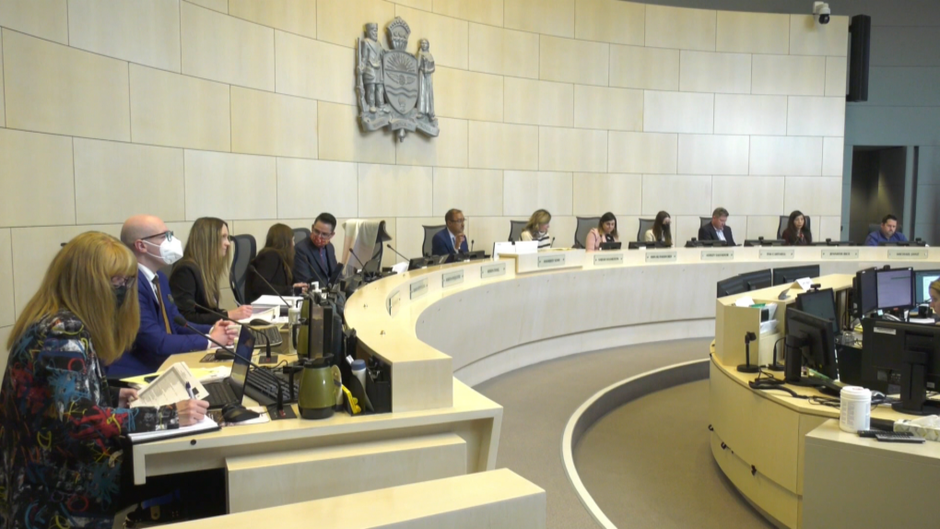
The bylaw will consolidate Edmonton’s 46 zones down to 23 by combining similar zones. This consolidation will allow for more varieties of housing across the city.
More permissive development means less rezoning will be necessary, resulting in a smoother development process. More housing can be built in less time, which will hopefully address affordability and the housing crisis.
While a faster process will benefit all developers, Illingworth highlighted how this change will benefit not-for-profit housing providers that have previously been hindered by the cost and time of rezoning.
“If they don't have to go through the rezoning process or they don't have to get, say, a variance to their project– those are the things that can mean the difference between success and failure of a project that might be living on very thin margins,” says Illingworth.
More types of housing also means greater density. Central areas that previously only supported low density development can become the homes of Edmontonians who need access to the goods and services that living centrally provides.
Many of these central areas are currently protected under the Mature Neighborhoods overlay. The overlay will be retired in the new bylaw to allow higher density and reduce inequity by providing more opportunities for residents from different socioeconomic backgrounds to live in those communities.
Additionally, to increase access to goods and services, the bylaw will allow for a greater variety of commercial and community uses in small scale residential zones. Under the current bylaw, the lack of services in residential areas creates inequity for many groups.
“On a day-to-day basis, we need bread, we need eggs– so there were no shops, as such, that could be established there,” says Agrawal. “There was no room for childcare, for instance, and these are, sort of, day-to-day things that we rely on.”
What now?
While the bylaw team did their best to consider equity, the environment, and the economy, zoning simply cannot solve every issue.
Agrawal stresses that although he feels the new bylaw addresses the previously mentioned issues well, the bylaw is not a panacea– it’s only part of the solution.
“Our recommendations not only included what needed to go in the zoning bylaw but also looking at city wide services, operations, culture and things of that in nature,” says Agrawal.
The bylaw itself is also not set in stone. It can be changed and updated as needed to meet the changing needs of Edmonton.
“We need to look and see what this work reveals about the changes that need to be made,” says Illingworth. “Where changes to zoning are part of the solution we will be there and we'll be ready to implement that.”
Part of the continued process is community engagement. Illingworth expressed his appreciation for the residents who took the time to get involved in the bylaw renewal process.
“The fact that we had 134 people come out — and either come out, or at least sign up to speak or show their support for this work, I thought was amazing,” says Illingworth. “[It’s] an amazing indication of an appetite for change in the city and an appetite for the idea that we could do better; that we don't have to just accept neighborhoods filled with single-detached houses forever; that there's other ways that people can envision their city growing. That, to me, is really inspiring.”
Agrawal encourages the city to continue operationalizing equity. He highlights the way the City of Montréal encourages public participation through the Office of Ombudsman and Office of Engagement – both of which were created to involve the public in the decision making process.
“So some of those things can be done over time here at the City of Edmonton to, again, think about equity,” says Agrawal. “That (Montréal’s public participation strategy) is a much more meaningful way: so that it’s seeped into the practice and the culture of how we do things here.
While we won’t know the effects of the new bylaw immediately, the City of Edmonton has set an inspiring example for other cities by putting equity at the forefront of the Zoning Bylaw.
—-
Edmonton zoning bylaw resources
Edmonton’s zoning bylaw under the lens of equity
Philosophy of the New Zoning Bylaw
Assessing inequity in zoning bylaw: a case of Edmonton, Canada
